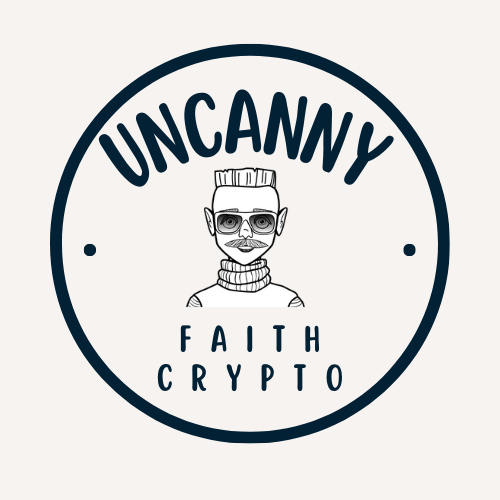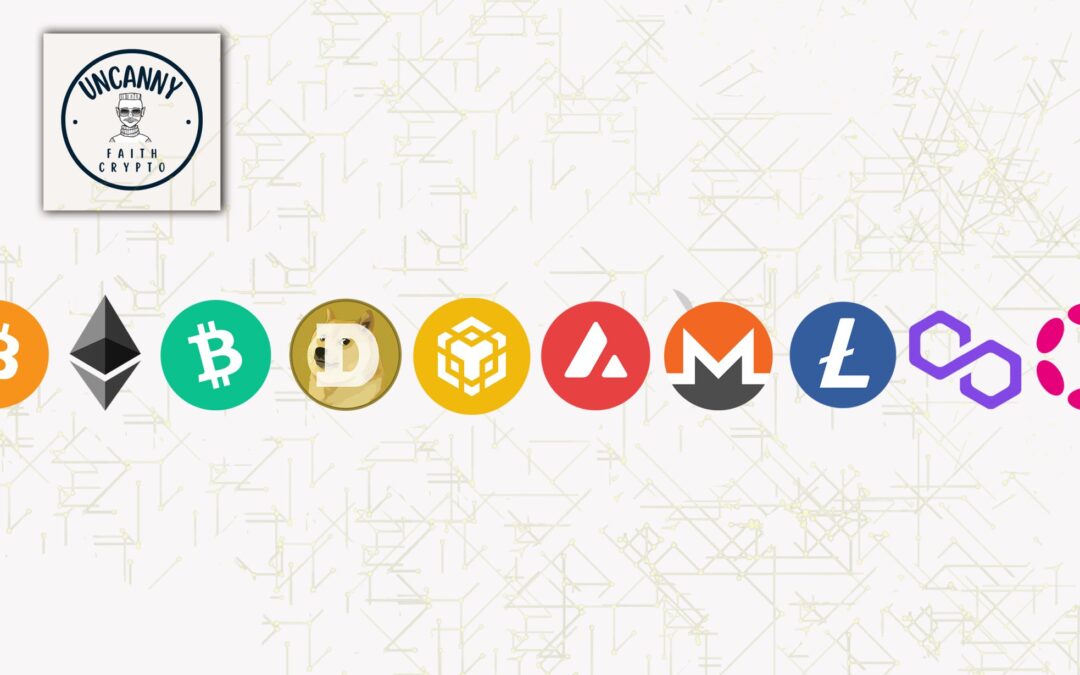Cryptocurrencies have come a long way from their beginnings as niche digital assets. Among the emerging technologies that have proven their mettle is Qtum—a unique blockchain platform combining the power of Bitcoin’s reliable blockchain with the versatility of Ethereum’s smart contracts. With the cryptocurrency market evolving at breakneck speed, understanding Qtum’s journey leading up to 2025 and the key trends shaping its future is crucial for investors, developers, and blockchain innovators alike.
This article dives deep into Qtum predictions for 2025, exploring market trends, advancements in blockchain technology, enhanced usability, and how Qtum fits into the broader cryptocurrency ecosystem. Cryptocurrencies are not just about numbers on a screen—they represent a significant revolution in how we interact with the financial world and decentralisation at large.
What Makes Qtum Special?
Before we jump ahead into future trends for Qtum in 2025, it’s essential to grasp what sets the platform apart from the hundreds of competing cryptocurrencies today. Qtum (pronounced “quantum”) is often seen as a bridge between Bitcoin and Ethereum. Here’s why:
-
Hybrid Blockchain Model: Qtum operates with Bitcoin’s UTXO (Unspent Transaction Output) protocol for proven stability and security but layers Ethereum’s ability to execute decentralised applications (dApps) and smart contracts over it.
-
Proof-of-Stake Consensus: Unlike the often-criticised energy-intensive proof-of-work mechanism that Bitcoin relies on, Qtum uses Proof-of-Stake (PoS), making it energy-efficient and environmentally friendly.
-
Scalability and Interoperability: Qtum was built with enterprise adoption in mind, ensuring scalability and interoperability across blockchain networks. Its Account Abstraction Layer (AAL) is a game-changer, enabling seamless execution of smart contracts with Bitcoin’s reliable architecture.
- Governance and Upgrades: Qtum has on-chain governance mechanisms to allow faster upgrades while ensuring the decentralised structure isn’t compromised.
By fundamentally enhancing the way decentralised ecosystems operate, Qtum has positioned itself as a serious contender in the competitive blockchain space. Now, let’s talk about the big picture: Where is Qtum headed in the fast-approaching future of 2025?
Key Trends Shaping the Future of Qtum
The world of cryptocurrency seems to evolve at a pace unmatched by any other industry. Predicting Qtum’s position in the crypto scene by 2025 requires analysing overarching market trends, technological progress, and user behaviour. Below are the key drivers predicted to shape Qtum in 2025.
1. Mainstream DeFi and Qtum’s Role
Decentralised finance (DeFi) has disrupted traditional banking systems, and by 2025, its adoption is expected to exceed expectations. Platforms like Qtum hold strong leverage here. Qtum’s ability to integrate Ethereum-compatible smart contracts with Bitcoin’s reliable ledger makes it an ideal platform for DeFi applications. In 2025, we can anticipate Qtum to:
- Expand its footprint in decentralised lending, borrowing, and staking protocols.
- Seamlessly attract institutions wanting to blend traditional finance with cryptocurrency.
- Outperform competitors with lower transaction fees, better scalability, and faster transaction processing.
Pro tip for investors: Monitor Qtum’s growing participation in major DeFi ecosystems. This could indicate bullish momentum and long-term potential.
2. Enhanced Scalability via Layer-2 Solutions
As the cumulative blockchain ecosystem grows, scalability becomes pivotal. One of the challenges Qtum faced in its earlier days was its throughput limit—similar to Ethereum and Bitcoin’s bottlenecks. However, with Layer-2 enhancements expected to mature by 2025, Qtum plans to address these challenges directly.
Layer-2 solutions will allow Qtum to:
- Process millions of transactions per second while reducing on-chain congestion.
- Facilitate micropayments and high-frequency trading, especially for dApps like decentralised exchanges (DEXs).
- Provide businesses and enterprises with transaction efficiency at almost zero cost.
Qtum’s Decentralised Governance Protocol (DGP) will play a key role in deploying these updates flexibly to adapt to scalability requirements dynamically.
3. Increased Adoption for Enterprise Use Cases
The ability of Qtum to offer custom smart contracts means that businesses can deploy blockchain-based solutions for supply chain management, logistics, healthcare, and more. By 2025, we expect Qtum to dominate the enterprise sector due to its interoperable ecosystem and seamless smart contract deployment capabilities.
Predicted enterprise applications on Qtum by 2025 include:
- Secure and transparent supply chain solutions.
- Decentralised identity management systems to protect user data across industries.
- Integration with IoT (Internet of Things) devices to streamline automated workflows.
4. Energy Efficiency: An Edge Over Competitors
Cryptocurrencies faced global scrutiny for their energy consumption in recent years. As climate-conscious regulations become stricter, Qtum will showcase its energy-efficient staking model as an advantage.
By 2025, Qtum’s Proof-of-Stake protocol is expected to attract eco-conscious investors and developers alike. Its low environmental footprint could lead to wide institutional adoption, as organisations actively pursue sustainable partnerships.
5. Integration with AI and Web3 Technology
Artificial intelligence (AI) and Web3 technology are two burgeoning trends in tech destined to intertwine with blockchain. Qtum’s ecosystem is well-positioned to facilitate Web3 adoption by powering decentralised web architectures and intelligent smart contract creation.
How Qtum aligns with AI and Web3 by 2025:
- AI-driven smart contracts that automatically adapt based on real-world data feeds.
- User-friendly dApps enabling seamless Web3 experiences.
- Machine learning-enhanced security against cyber threats.
Qtum’s Market Outlook for 2025
Now to the big question: Where will Qtum stand from a market perspective by 2025? While precise predictions in the volatile crypto market are difficult, experts generally believe Qtum will remain a top 25 cryptocurrency by market capitalisation.
With increasing adoption, technological upgrades, and stronger use cases, Qtum’s price and market demand may rise steadily. Analysts suggest:
- Price prediction: If current trends continue, Qtum may reach between £20 and £40 per token by 2025, provided Bitcoin and the broader crypto market maintain momentum.
- Adoption growth: Expect growth in global partnerships, particularly in Asia-Pacific, where blockchain adoption is soaring.
Challenges Qtum May Face Heading into 2025
No journey is without obstacles. While Qtum’s future is promising, it must navigate key challenges, including:
- Regulatory ambiguity: Governments globally continue to formulate crypto regulations, which could either aid or hinder Qtum’s growth.
- Competition: The blockchain space is fiercely competitive, with newer technologies challenging established players.
- User experience: Simplifying dApp interfaces and onboarding will be pivotal to maintaining its developer community.
Frequently Asked Questions
1. What is Qtum’s main value proposition?
Qtum combines the stable Bitcoin blockchain with Ethereum-style smart contracts, designed for scalability, energy efficiency, and enterprise accessibility.
2. Will Qtum replace Ethereum?
While Qtum serves similar purposes with better energy usage, Ethereum holds a market dominance that’s hard to beat. However, as more projects explore energy-efficient solutions, Qtum may coexist as a viable competitor.
3. Is Qtum a good long-term investment?
For long-term investors, Qtum’s technological foundations, energy efficiency, and enterprise adoption make it a promising investment for 2025 and beyond.
Conclusion: Qtum and the Cryptocurrency World of 2025
As we approach 2025, Qtum is poised to play a more significant role in the cryptocurrency and blockchain world. From enhanced scalability to widespread enterprise adoption and energy efficiency, Qtum’s versatile nature makes it a strong contender in the decentralised age. By keeping an eye on market developments, strategic partnerships, and upcoming technological breakthroughs, stakeholders can position themselves to benefit from Qtum’s growing presence.
If you’re ready to engage with the future of decentralised economies, Qtum in 2025 may just be your quantum leap into the world of tomorrow.

